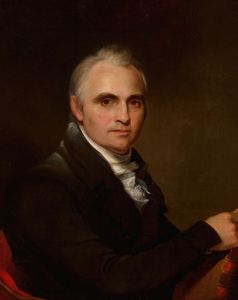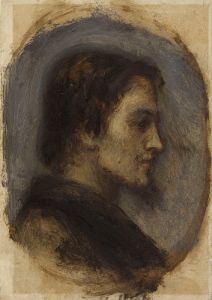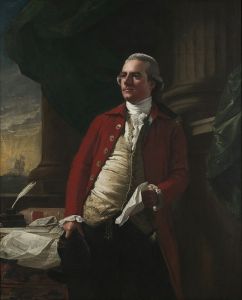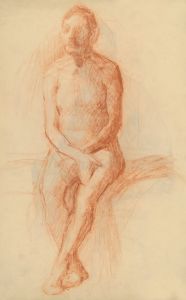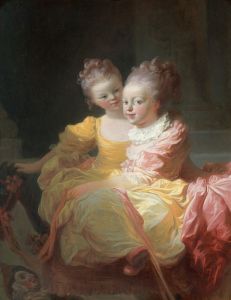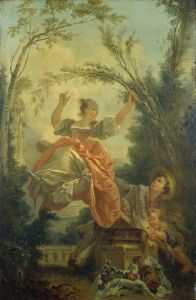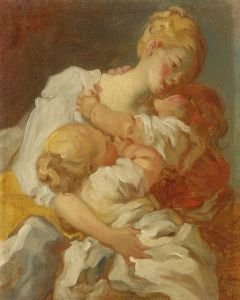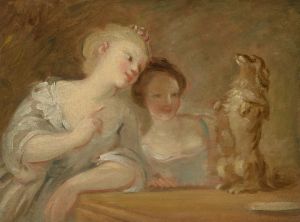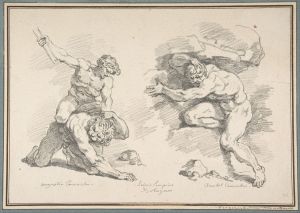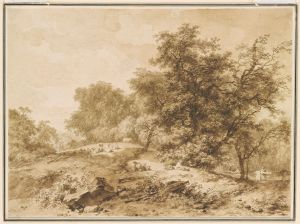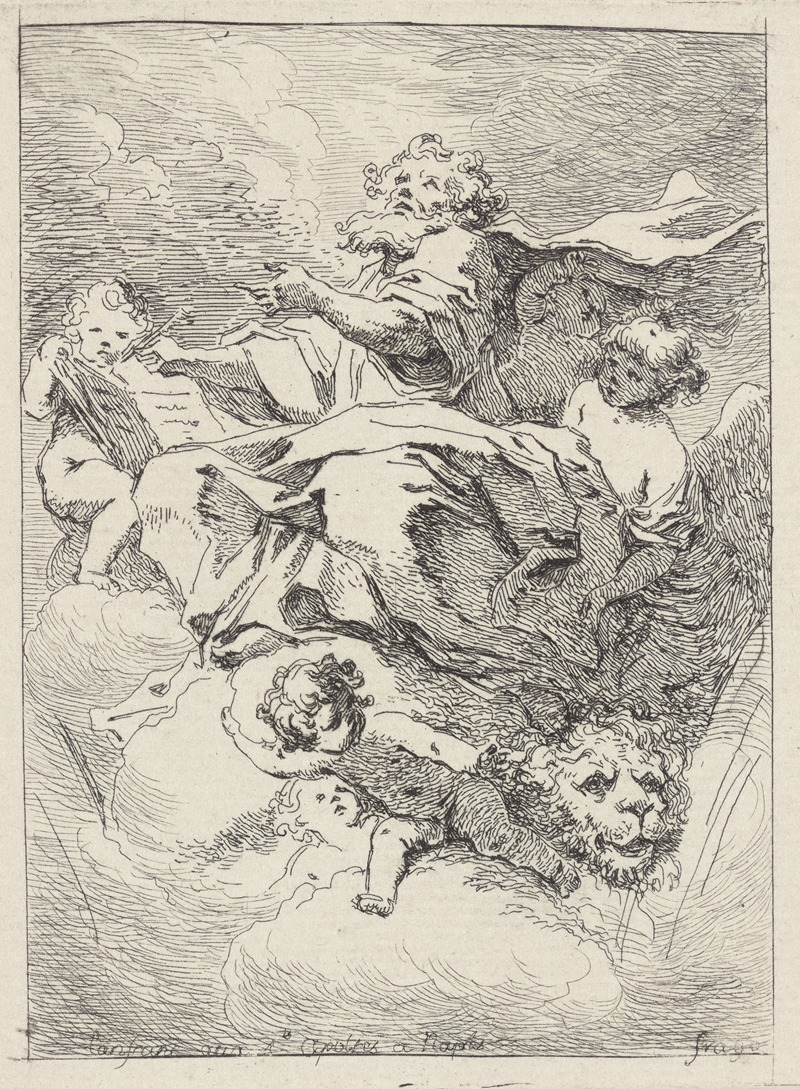
Saint Marc
A hand-painted replica of Jean-Honoré Fragonard’s masterpiece Saint Marc, meticulously crafted by professional artists to capture the true essence of the original. Each piece is created with museum-quality canvas and rare mineral pigments, carefully painted by experienced artists with delicate brushstrokes and rich, layered colors to perfectly recreate the texture of the original artwork. Unlike machine-printed reproductions, this hand-painted version brings the painting to life, infused with the artist’s emotions and skill in every stroke. Whether for personal collection or home decoration, it instantly elevates the artistic atmosphere of any space.
Jean-Honoré Fragonard was a prominent French painter and printmaker whose works are often associated with the Rococo style. Born on April 5, 1732, in Grasse, France, Fragonard is renowned for his exuberant and hedonistic paintings, which often depict scenes of love and leisure. One of his notable works is "Saint Marc," though detailed information about this specific painting is relatively scarce compared to his more famous pieces like "The Swing" or "The Progress of Love" series.
"Saint Marc" by Jean-Honoré Fragonard is a painting that reflects the artist's skill in capturing intricate details and his adeptness with light and shadow. The painting portrays Saint Mark, one of the four Evangelists, who is traditionally credited with writing the Gospel of Mark in the New Testament. In Christian iconography, Saint Mark is often depicted with a lion, which symbolizes his courage and the resurrection of Christ, as the lion was believed to sleep with its eyes open, a metaphor for vigilance.
Fragonard's depiction of Saint Mark is characterized by the artist's typical Rococo flair, with a focus on dynamic composition and a rich palette. The saint is likely shown in a contemplative pose, possibly holding a book or scroll, which signifies his role as an evangelist and author of one of the Gospels. The background and setting of the painting would typically include elements that highlight the saint's divine inspiration and scholarly attributes.
Jean-Honoré Fragonard's career was marked by his ability to adapt to the changing tastes of his patrons. Initially trained under François Boucher, another master of the Rococo style, Fragonard won the Prix de Rome in 1752, which allowed him to study in Italy. His time in Italy greatly influenced his artistic development, and he became adept at incorporating Italianate elements into his work.
Upon his return to France, Fragonard's career flourished as he received numerous commissions from the French aristocracy. His works often featured playful and romantic themes, which were highly popular among his patrons. However, as the Rococo style fell out of favor during the latter part of the 18th century, Fragonard's popularity waned, and he faced financial difficulties.
Despite these challenges, Fragonard continued to produce art, and his later works reflect a shift towards Neoclassicism, which was becoming the dominant style of the period. His ability to adapt and evolve as an artist is evident in the diversity of his oeuvre, which includes not only paintings but also drawings and prints.
"Saint Marc" stands as a testament to Fragonard's versatility and his mastery of religious subjects, even though he is more commonly associated with secular and light-hearted themes. The painting exemplifies his skill in rendering human emotion and divine inspiration, capturing the essence of Saint Mark with both reverence and artistic flair.
Jean-Honoré Fragonard passed away on August 22, 1806, in Paris, leaving behind a legacy that continues to be celebrated for its contribution to the Rococo movement and its influence on subsequent generations of artists. His works, including "Saint Marc," remain significant for their technical excellence and their ability to convey complex narratives through visual art.





